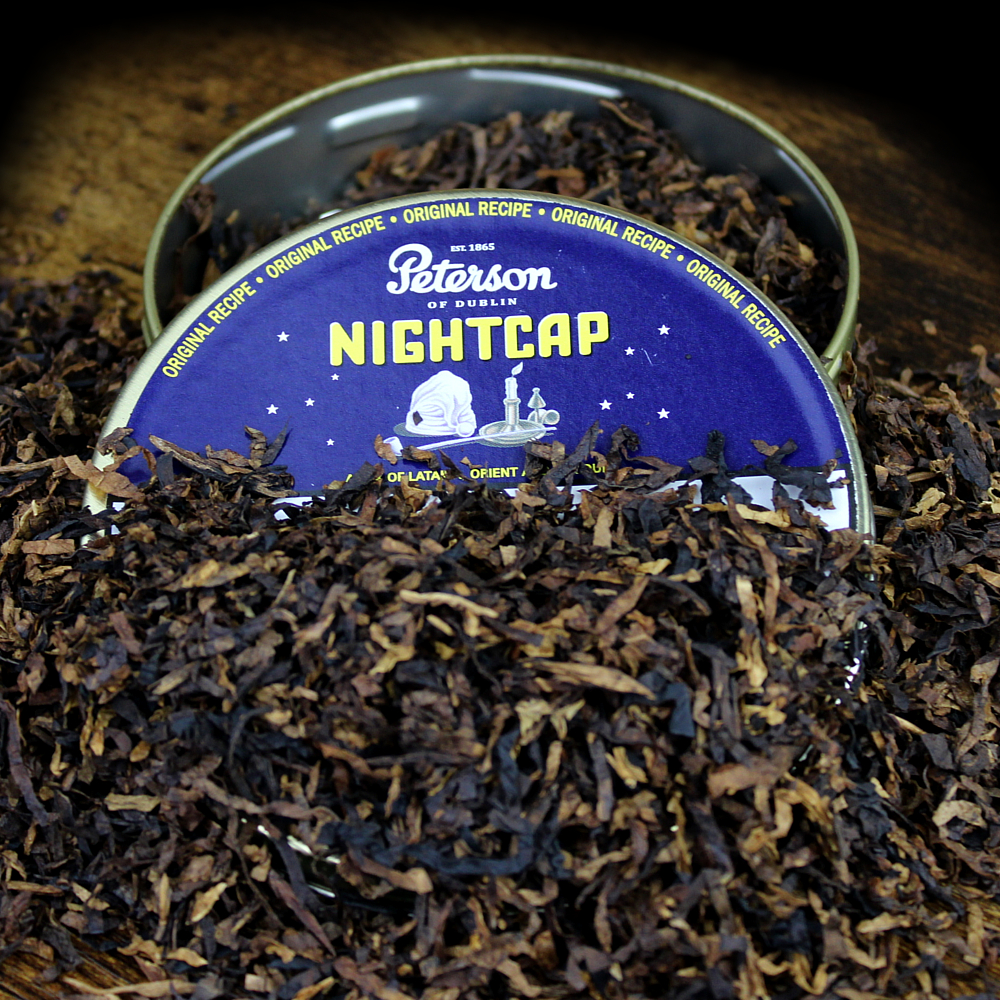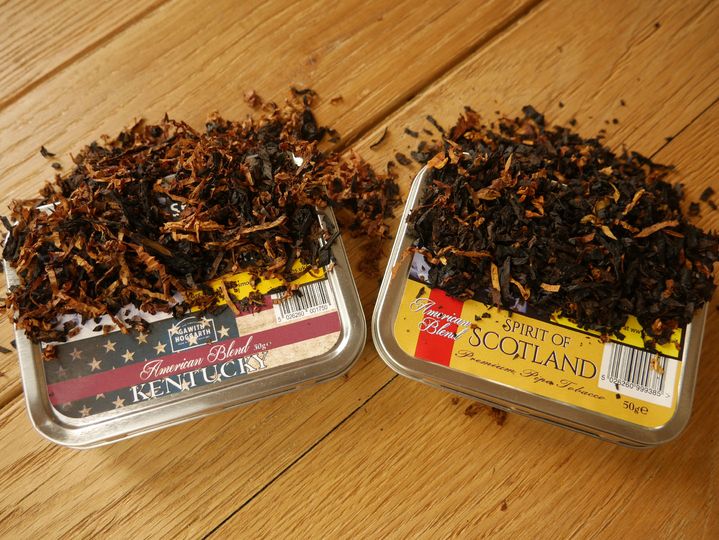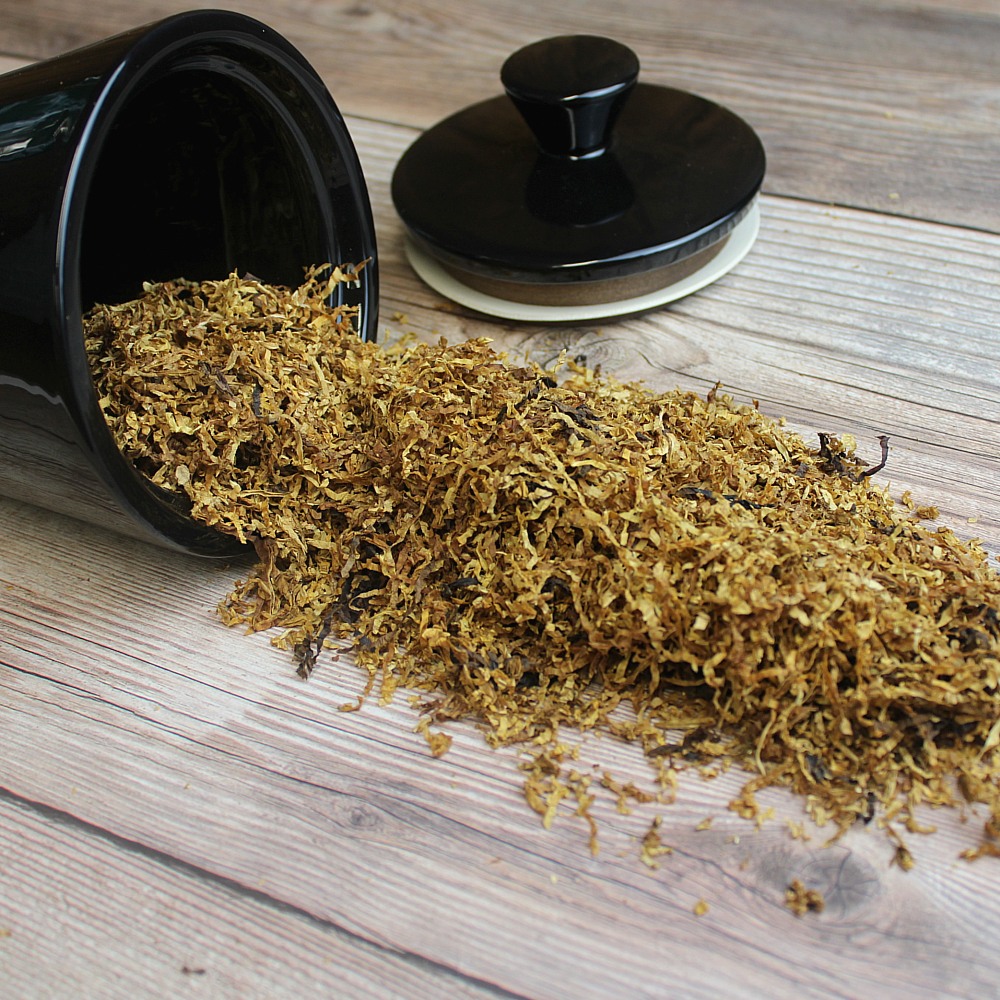
Cookies help us deliver the best experience on our website. By using our website, you agree to our use of cookies in accordance with the C.Gars Privacy Policy
 There are many varieties of pipe tobacco available to purchase so it can be intimidating for anyone new to pipe smoking or even the more experienced smokers who want to try something new. By learning the basics of tobacco blends it can give clues as to what flavours and aromas they will have, then you can decide if the characteristics match what you’re looking for.
There are many varieties of pipe tobacco available to purchase so it can be intimidating for anyone new to pipe smoking or even the more experienced smokers who want to try something new. By learning the basics of tobacco blends it can give clues as to what flavours and aromas they will have, then you can decide if the characteristics match what you’re looking for.
Traditional pipe tobaccos can be divided into three broad categories:
Aromatic tobacco tends to be more popular due to the sweet and savoury notes that people are attracted to. Popular flavours can include cherry, vanilla, whisky, coffee, caramel with many more available!
The technique manufacturers use to make aromatic flavours is quite simple. They apply a top flavouring or casing to the tobaccos in each blend. The blend may have a small amount of flavouring added to have a subtle hint or a large amount so you really taste it in the pipe.
 Non-aromatic blends also contain tobaccos that have been enhanced by flavouring; however, the flavouring is so light that you can barely taste it. Blends of Virgina tobaccos, unflavoured Burley and Perique are all considered non-aromatic and they range from mild and sweet to heavy, spicy and bold. They usually contain a high level of natural sugar which can burn hot in a pipe so it must be smoked slowly to avoid tongue bite and to taste the natural flavours of the tobacco.
Non-aromatic blends also contain tobaccos that have been enhanced by flavouring; however, the flavouring is so light that you can barely taste it. Blends of Virgina tobaccos, unflavoured Burley and Perique are all considered non-aromatic and they range from mild and sweet to heavy, spicy and bold. They usually contain a high level of natural sugar which can burn hot in a pipe so it must be smoked slowly to avoid tongue bite and to taste the natural flavours of the tobacco.
There are different types of pipe tobacco which are used to make the above categories, these include:
Burley - This is the most commonly used tobacco in blends, most American-grown burley is cultivated in Kentucky and Tennessee. It tends to offer a mild, nutty and slightly bitter taste that is quite subtle. Due to the leaf being quite thick, it is used to add body to the blend as well as slowing down the combustion rate. However, burley is mainly used in aromatic tobacco as it has a naturally low sugar content which allows it to easily absorb flavourings.
 Virginias - You may think Virginia tobacco is just grown in Virginia, USA, however it is actually grown all over the world. The term describes the type of seed used and the flue-curing process, in which the tobacco is exposed to high heat inside the curing barn to produce a bright colour and locks in the natural sugars. Smoking straight Virginia will provide you with a sweet and tangy flavour, also due to the high sugar content it ages well so you can save a tin and see how it tastes in a year or two.
Virginias - You may think Virginia tobacco is just grown in Virginia, USA, however it is actually grown all over the world. The term describes the type of seed used and the flue-curing process, in which the tobacco is exposed to high heat inside the curing barn to produce a bright colour and locks in the natural sugars. Smoking straight Virginia will provide you with a sweet and tangy flavour, also due to the high sugar content it ages well so you can save a tin and see how it tastes in a year or two.
Cavendish - This isn’t a type of tobacco but rather a technique applied to burley or Virginia leaves. The method's origin goes back to 1585 when Sir Thomas Cavendish discovered that dipping tobacco leaves in sugar produces a milder smoke. To make Cavendish, the tobacco is flavoured or sweetened and then pressed into cakes about 1 inch thick, then it is heated under pressure and allowed to ferment, to finish, it is cut into flakes or ribbons. Just like Burley, Cavendish is mainly used in aromatic tobacco and is often flavoured with cherry, coconut or vanilla - The most well known variety is Black Cavendish due to its dark and rich black colour. Tobacco blenders like to use Cavendish because it is mild and sweet whilst moderating the flavours of the other leaves due to it being slow-burning.
Oriental Tobacco - Coming from the northern and eastern Mediterranean regions, these tobaccos are famous for their fragrant aroma and are used as a major component in English blends. The most well-known oriental tobacco is Latakia, which isn’t a tobacco but the name of the process that cures tobacco over fires burning fragrant wood such as pine or juniper. The tobacco absorbs the smoke and gives a peppery, smoky flavour and aroma. It is considered too strong to smoke by itself but used as a condiment to add flavour to English blends.
Perique - This is usually burley tobacco which undergoes the perique process, which produces a distinctive condimental tobacco that would be too strong to smoke on its own. Usually, perique is blended with Virginia tobacco and a little bit can go a long way.
Written by Oliver Partington